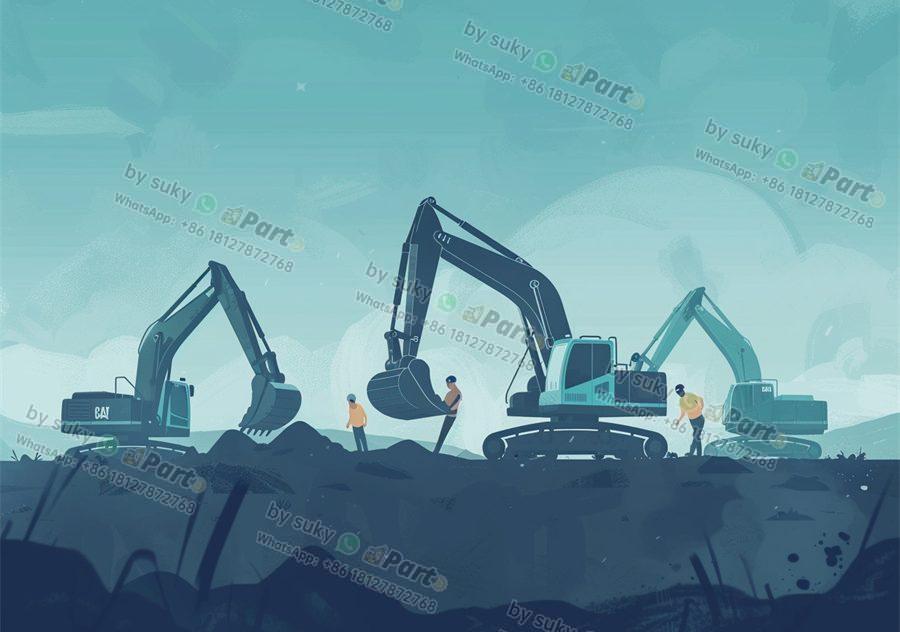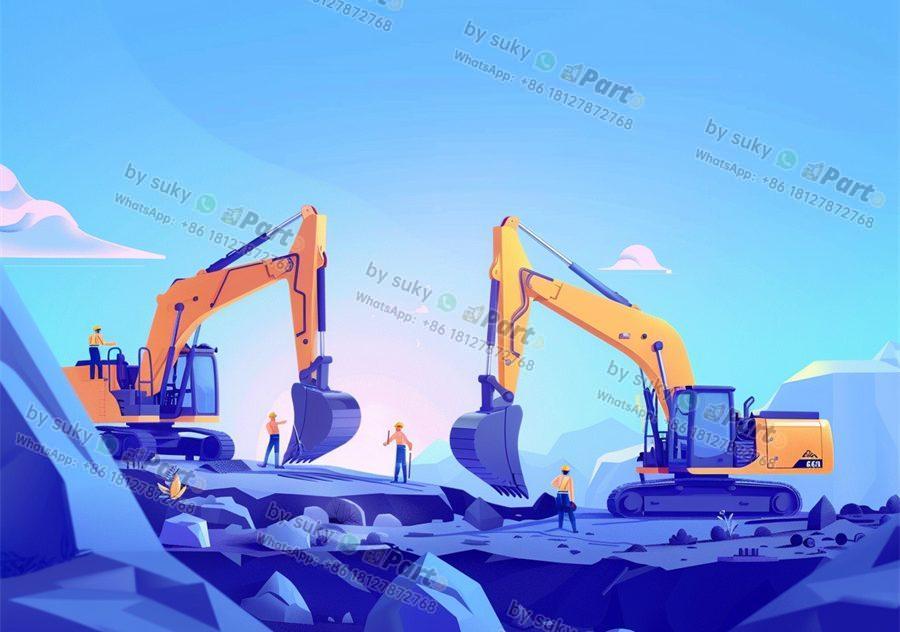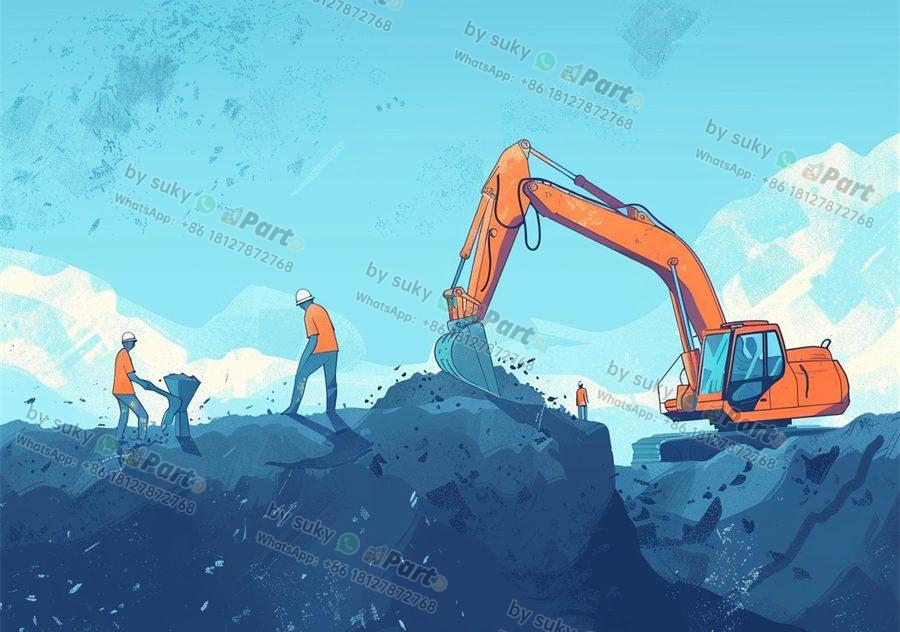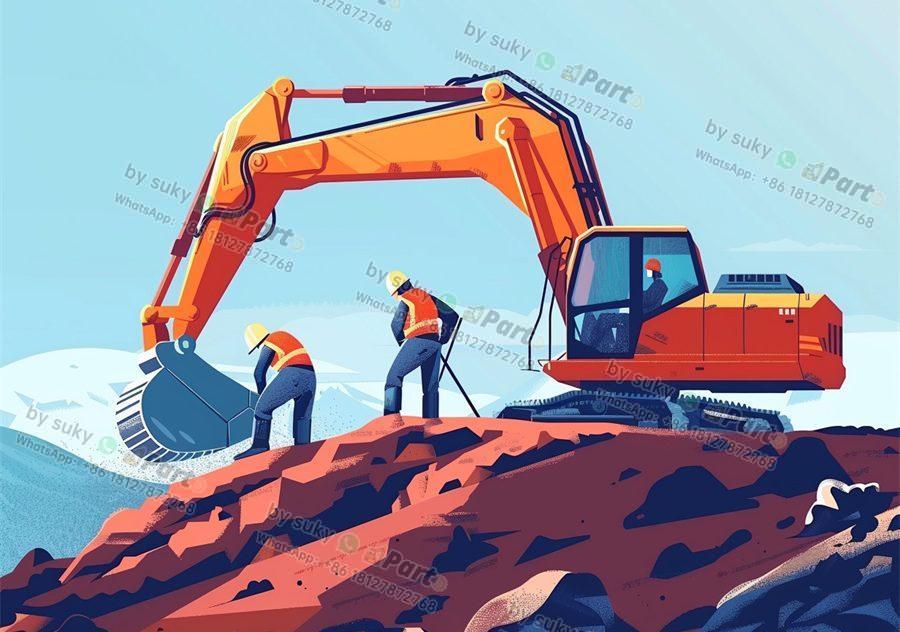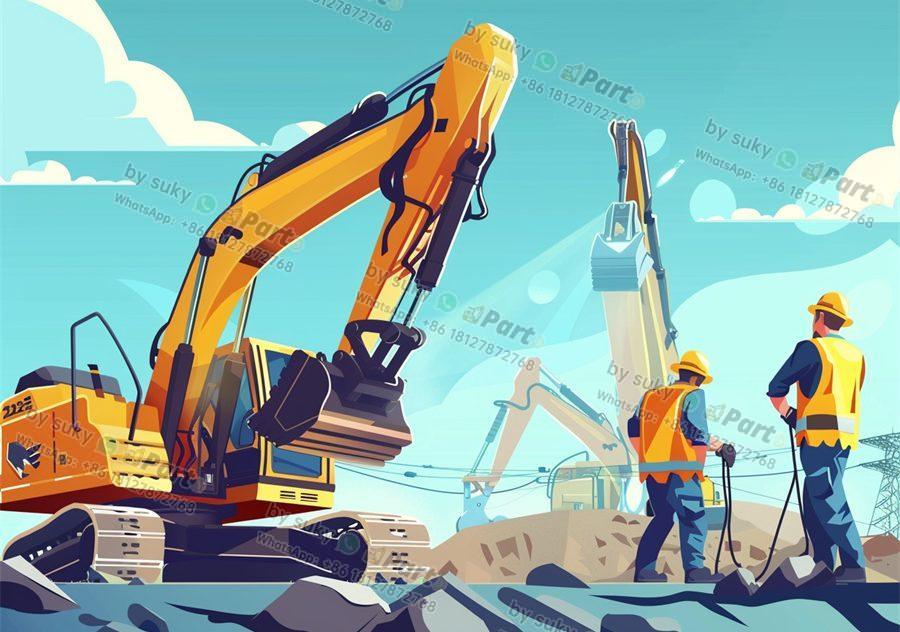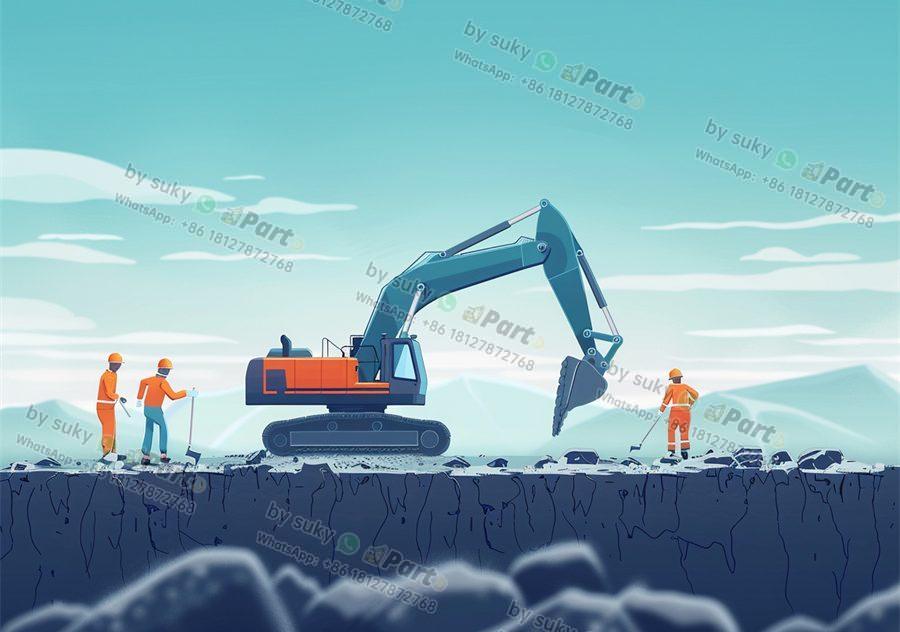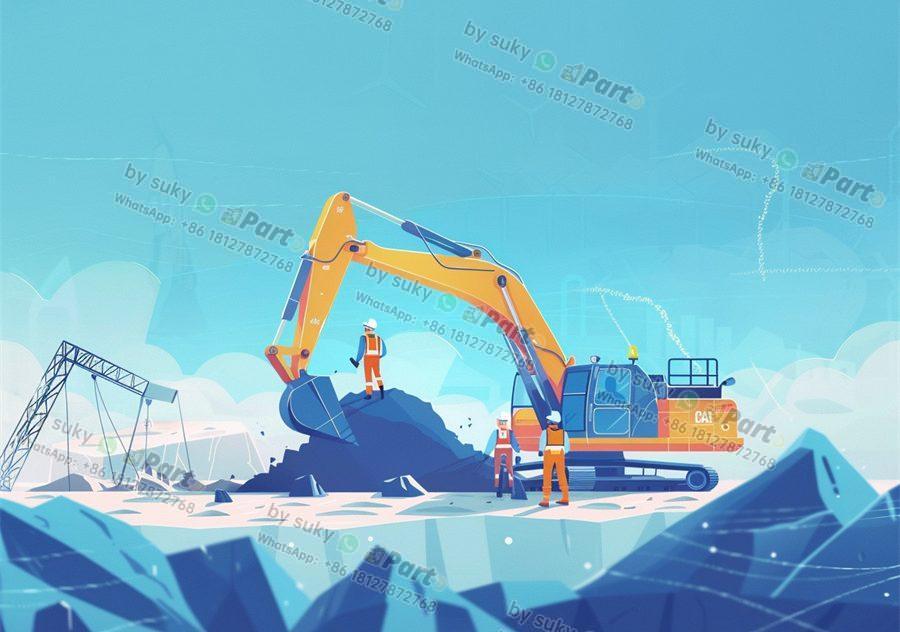Sustainable business practices are becoming increasingly important in today’s world, not only for the sake of the environment but also for the long-term success of a company. This is especially true for companies in the engineering vehicle parts industry, as the demand for sustainability and eco-friendly products continues to grow. By implementing sustainable practices, companies can reduce their environmental impact, attract more environmentally conscious customers, and even save money in the long run. Here are 10 sustainable business practices that every company in the engineering vehicle parts industry should consider adopting:
1. **Investing in Energy-Efficient Technologies**: One of the most effective ways to reduce carbon emissions and decrease energy costs is by investing in energy-efficient technologies. This could include upgrading to more energy-efficient machinery in your manufacturing process, using LED lighting in your facilities, and implementing energy-saving practices such as turning off machines when they are not in use.
2. **Implementing Waste Reduction Strategies**: Waste reduction is another key aspect of sustainability. Companies can implement strategies such as recycling, reusing materials, and reducing packaging waste to minimize their impact on the environment. By finding creative ways to reduce waste, companies can not only save money but also demonstrate their commitment to sustainability.
3. **Sourcing Ethically and Locally**: When sourcing materials for engineering vehicle parts, companies should prioritize suppliers who adhere to ethical labor practices and environmentally friendly production methods. Additionally, sourcing materials locally whenever possible can help reduce transportation emissions and support local economies.
4. **Promoting a Culture of Sustainability**: Creating a culture of sustainability within the company is essential for long-term success. This could involve educating employees about the importance of sustainability, implementing training programs, and encouraging employees to come up with innovative ideas for reducing environmental impact.
5. **Setting Clear Sustainability Goals**: To track progress and hold your company accountable, it’s important to set clear sustainability goals. These goals could include reducing carbon emissions by a certain percentage, increasing the use of renewable energy sources, or achieving a certain level of waste reduction. By setting specific, measurable goals, companies can stay on track and continuously improve their sustainability efforts.
In conclusion, implementing sustainable business practices is not only beneficial for the environment but also for the long-term success of companies in the engineering vehicle parts industry. By investing in energy-efficient technologies, implementing waste reduction strategies, sourcing ethically and locally, promoting a culture of sustainability, and setting clear sustainability goals, companies can reduce their environmental impact, attract more customers, and ultimately thrive in a competitive market. It’s time for companies to prioritize sustainability and take the necessary steps to build a more sustainable future for all.

